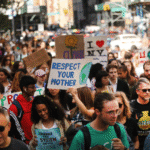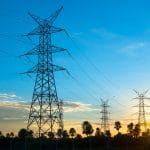by Satviki Sanjay
Severe rains killed far more people in Mumbai than listed in public records, accounting for roughly 8% of all deaths in India’s financial capital during the monsoon season and $1.2 billion in losses every year in the decade through 2015, a new study shows.
As many as 2,718 deaths occurred every year during the monsoon season between 2006 and 2015 putting it on par with cancer deaths in those months, according to research published Wednesday in Springer Nature, an international science journal.
Causes of death included drowning, electrocution and disease outbreaks while conditions such as diarrhea, tuberculosis and hypertension were exacerbated during severe flooding, it said.
“There are many other areas which are now experiencing flooding, which they did not experience maybe 10 years back,” Archana Patankar, founder of consultancy Green Globe and co-author of the study, said in an interview. “So it is only logical to expect that things would have worsened” since 2015.
Extreme and erratic weather events continue to expose weak spots in India’s urban infrastructure as well as public health, leaving millions susceptible to disease and displacement. India ranks ninth among countries most impacted by climate disasters since 1995, according to the Climate Risk Index 2026 published by GermanWatch.
Torrential rain has been testing India’s infrastructure push, championed by Prime Minister Narendra Modi – from highways and flyovers to airports – whose administration has set aside planned capital expenditure of 11.2 trillion rupees ($126 billion) for the year ending March 2026.
Flooded Subway Station
In May, floodwater coursed into a newly inaugurated subway station in Mumbai, overwhelming the city’s British-era drainage system and disrupting the city’s train services. Such incidents revive memories of the city’s catastrophic 2005 deluge, which killed at least 400 people.
























